Skin changes are among the most visible signs of aging. Therefore, knowing how to care for mature skin is essential to mitigating the effects of the passage of time.
The main changes that the skin experiences are the accentuation of expression lines, the appearance of new wrinkles, the formation of spots (solar lentigines), loss of hydration, sagging, decreased luminosity, thinning of the epidermis (the outer layer of skin), and alterations in healing.
The blood vessels in the dermis (the middle layer of skin) also become more fragile, which leads to the development of red spots and other vascular lesions.
At the same time, accumulated sun damage can manifest itself in lesions such as actinic keratosis or skin cancer.
Skin aging is inevitable. However, in recent years, it has been observed that lifestyle habits play a key role in delaying and mitigating these signs of aging.
This is because skin aging is determined by intrinsic (genome) and extrinsic (exposome) causes.
The genome is the set of genes that contains all the information necessary to determine a person’s characteristics. Therefore, these are predetermined factors from birth.
In the case of skin, for example, it has been found that some genotypes are at risk for more metalloproteinases, enzymes related to collagen degradation. In contrast, others are at risk for fewer aquaporins, the proteins responsible for transporting water through skin cells.
Phototype is also part of the genome. In this sense, it is known that light skin is more vulnerable to premature aging than darker skin.
The good news is that the genome is estimated to influence only 25% of skin aging. The remaining 75% is determined by environmental factors or the exposome.
The exposome refers to the set of exposure factors to which a person is subjected from the moment of conception and throughout their life.
Skin aging is determined by our genes, but above all by environmental factors.
In this regard, seven external and modifiable factors have been defined that affect skin aging. These include solar radiation, pollution, tobacco, temperature (acute heat exposure), nutrition, stress, lack of sleep, and the use of cosmetics.
The exposome’s predominant role in aging not only allows individuals to take an active role in this process, but is also key to the care of mature skin .
Thus, the prevention of aging must involve the following measures:
– Healthy sun exposure. Avoid the sun during the hottest hours of the day, use sunscreen, and protect yourself with physical measures (clothing, caps, hats, sunglasses, etc.) when outdoors.
In this regard, some research shows that people who do not use sunscreen every day age 20% more than those who do.
– Antioxidant-rich diet. It has been observed that a diet consisting primarily of vegetables, fruits, olive oil, and legumes may protect against actinic skin damage, while a diet rich in meat and dairy products may be harmful.
Sugar consumption is also linked to the presence of more wrinkles.
Alcohol, for its part, would also hurt skin aging.
– Stress management. Chronic stress affects the integrity of the skin and can lead to a weakened immune system, oxidative stress, and DNA damage.
Thus, although there is still no direct evidence that stress accelerates or worsens skin aging, it may influence this process.
Furthermore, some studies support that stress induces a decline in epidermal permeability and a deterioration of barrier and recovery function.
– Sleep hygiene. Some research shows that sleeping less than five hours a night is linked to increased signs of aging and a reduction in the epidermis’ barrier function.
That’s why it’s important to get a good night’s rest.
– Cosmetic care. Proper cosmetic care keeps the skin in optimal condition to perform its various functions.
At the same time, cosmetics themselves can act as a barrier against some external aggressions.
There’s no specific age for when skin is considered mature . This will depend on all the factors mentioned above.
However, for women, the arrival of menopause is crucial. This hormonal change has a significant impact on skin aging.
In fact, skin changes at this stage are not so much associated with the woman’s age, but rather with the time elapsed since estrogen production ceased.
In this regard, a loss of 1.5% elasticity, 1.1% thickness, and 2.1% collagen has been demonstrated for each year of hormonal deficiency.
For this reason, the arrival of menopause can be a criterion for determining when skin is considered mature.
In men, it could also be set around age 50, which is when the main signs of aging usually begin to appear.
Caring for mature skin primarily involves photoprotection and the use of cosmetics with active ingredients that have proven beneficial effects against aging.
These include retinoids, polyphenols, peptides, vitamin C, vitamin A and E liposomes, hyaluronic acid, and alpha-hydroxy acids.
These active ingredients are common in creams for mature skin, as well as in serums.
The usual cosmetic regimen consists of combining an ultra-hydrating and firming cream in the morning with a regenerating cream at night. To enhance its effect, it’s a good idea to use a serum for mature skin beforehand at both times of the day.
If you haven’t done so before, it’s important to add an eye cream for mature skin to your skincare routine . It’s important to remember that this area of the face is one of the most sensitive and where the signs of aging are most evident.
The makeup removal and cleansing routine should be very gentle, using emollient and high-tolerance products.
These cosmetic treatments can be combined with dermatological aesthetic medicine treatments such as mesotherapy, hyaluronic acid fillers, botulinum toxin, chemical peels, thread lifts, or laser.
Another option, especially when the signs of aging are more pronounced, is to resort to cosmetic surgery. The most common are a neck lift and blepharoplasty (eyelid surgery).
Regarding hormone replacement therapy, there is evidence that it may improve collagen production, skin hydration, wrinkles, skin healing, and barrier function. However, various studies suggest that the risks outweigh the benefits.
Finally, it’s worth remembering that if you notice a new spot or lesion, you should always see a dermatologist for evaluation.

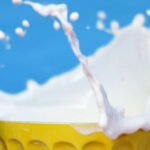
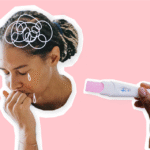





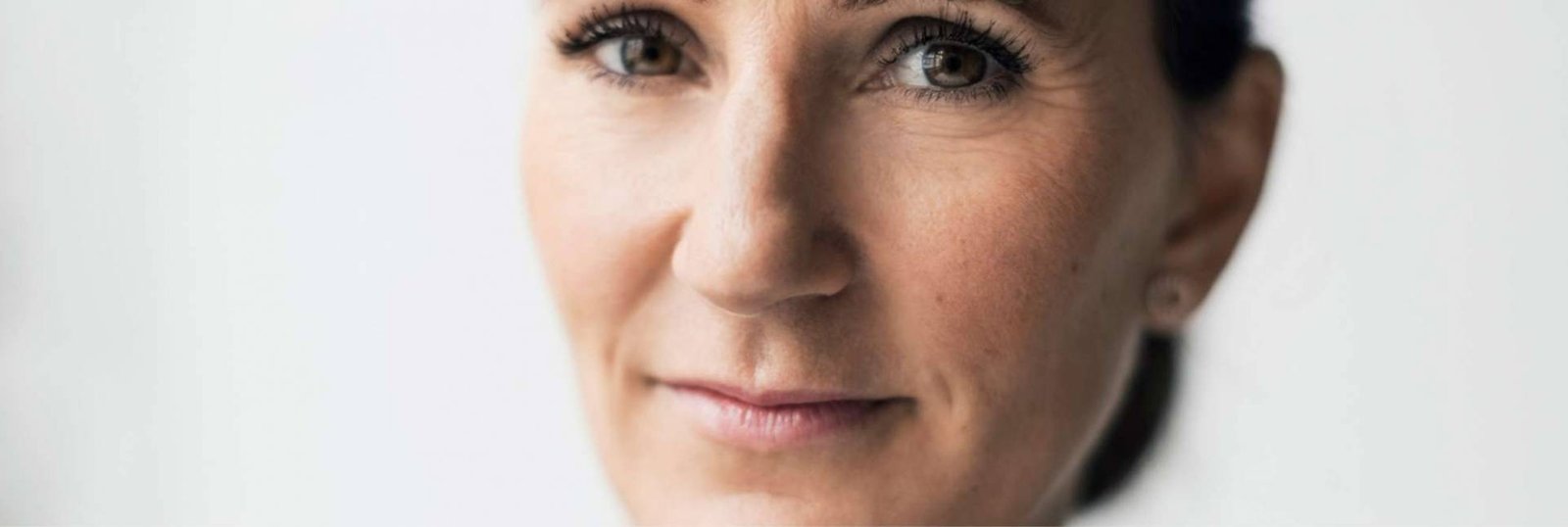




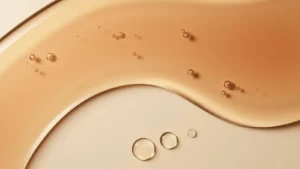




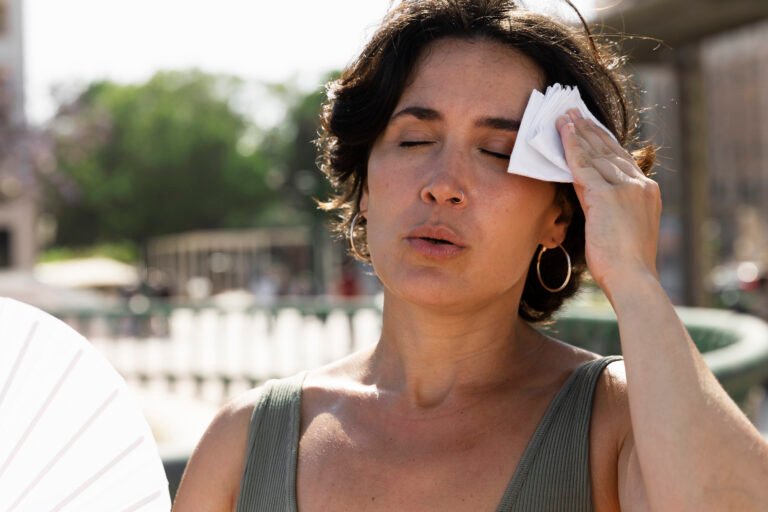




+ There are no comments
Add yours